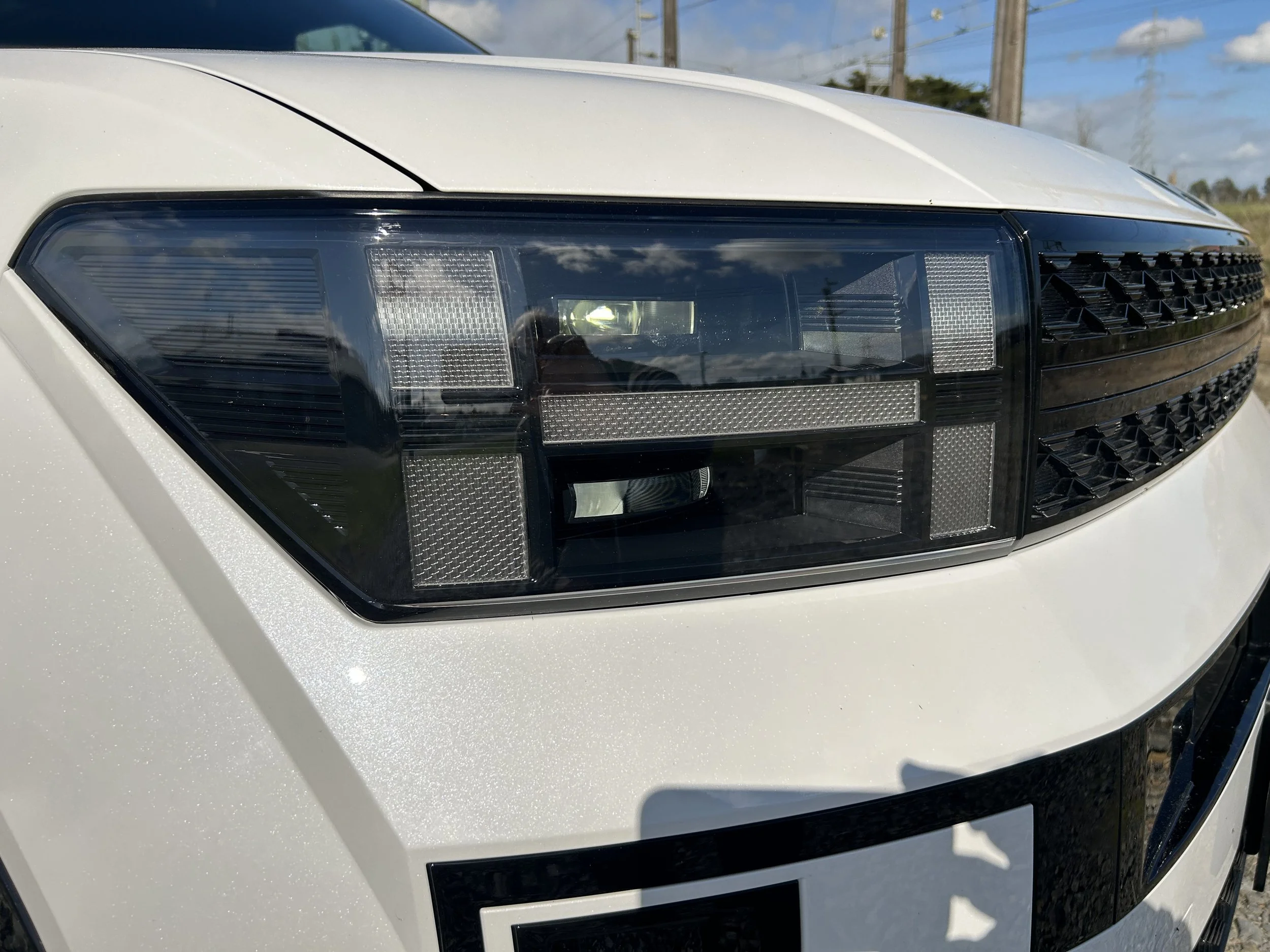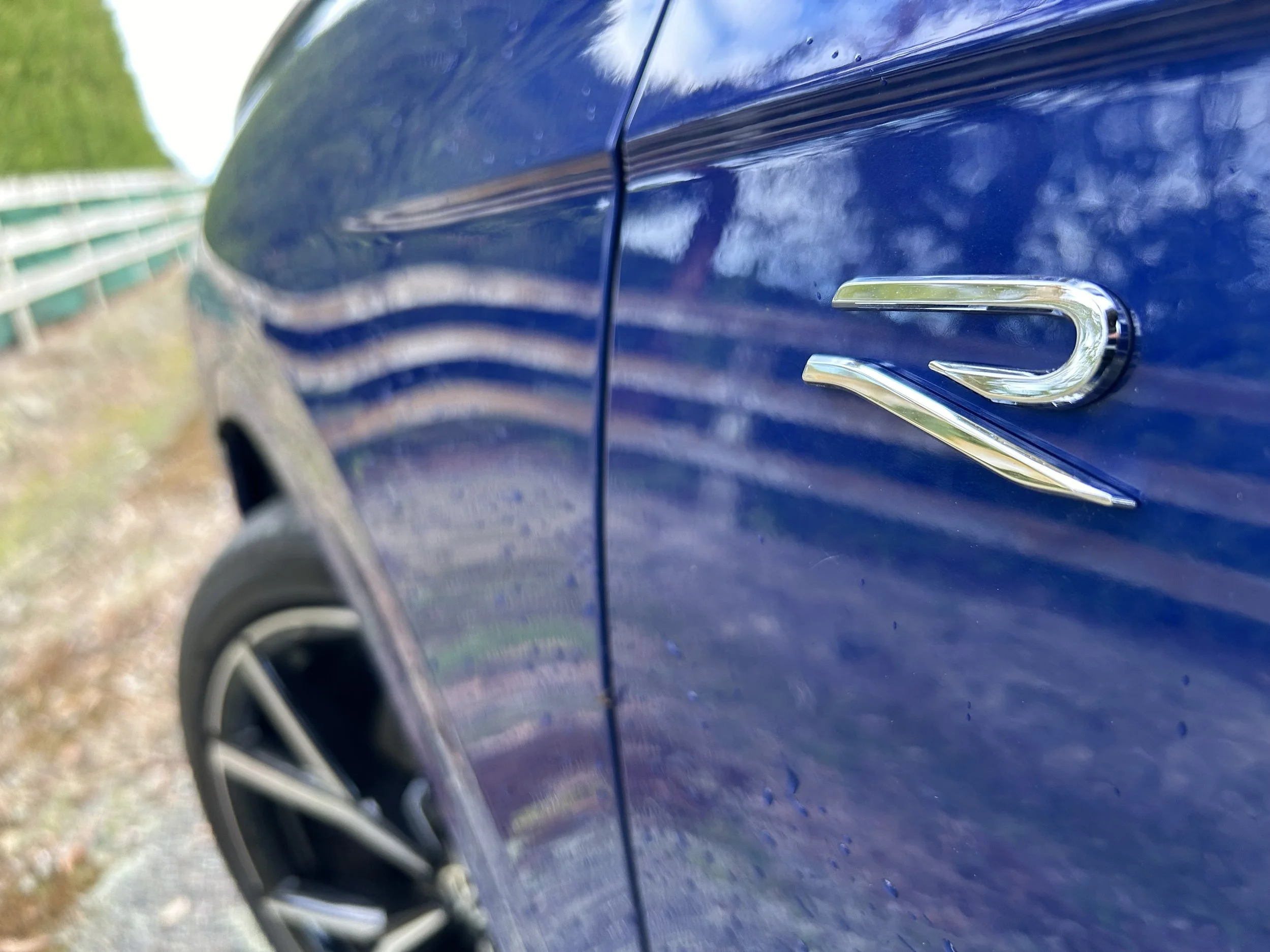Covid-19: National need could pep battered rental scene
/The rental car scene has been massively disrupted but the coronavirus crisis won’t kill it, Toyota New Zealand contends.
GREEN shoot opportunities, probability of continued national need and sheer resilience will keep some rental car operations going.
This proposal is from the chief operating officer of Toyota New Zealand, historically the largest provider of NZ-new vehicles and caught now in an unfolding sector crisis.
With fleet providers desperate to relinquish stock and new vehicle distributors into treading a fine line in wanting to help as best they can while also having to protect their own operations, it’s a tough time.
Yet Neeraj Lala believes all is not lost.
Speaking after a week in which providers’ and the industry have taken turns to express sometimes controversial views, he accepts it’s not at easy time.
Yet he has faith in the entrepreneurial spirit and dogged determination now being demonstrated by many players, not least lower-tier independents.
In wake of the Rental Vehicle Association proposing that tourism accounts for up to 80 percent of work, Lala proposes New Zealander hirers also present valuable support that will reprise and even grow.
So, insofar as the idea of a wholesale rental car industry collapse goes? He doesn’t buy it.
“I don’t expect it to collapse, per se. There is a significant portion of the rental market that is business and corporate and they still rely on regional travel.
“As we transition down through the (Covid-19 alert) levels, then regional travel will open back up. I don’t think air travel will be as significant.
“Yes, tourism and international travel is going to play a big part in terms of the new size of the fleets that some of the rental companies might have to carry.”
Yet the operators TNZ has been conversing with “are definitely not thinking that because tourism is over they are going to die.”
That’s not just the big-name brands but also some lower tier operations previously reliant on tourism alone. There are plenty of them; 40 in Queenstown alone, Lala says.
But these small set-ups have often been established by highly-entrepreneurial individuals. They’re inventive and imaginative and some are looking at reconfiguring their fleets into freight and delivery roles. He salutes that spirit.
“An unintended consequence of what we are facing is that new industries and new companies are going to emerge.
“Freight and deliveries are going to be in higher demand than we realise. I heard just last week that there is one company already looking at re-utilising its fleet to enable one to two-hour deliveries of food.”
This didn’t surprise. “You have to remember that these people are very entrepreneurial. They are not just going to be happy to close the doors and die. They will be looking to diversify their fleet – especially if they cannot sell it – and turning it into something.
“I think it is going to be exciting..”
Lala’s positivity is at odds with the RVA, which pulls no punches in determining the $700 million a year trade involving anything from 30,000 to 50,000 vehicles is serious trouble, with some notable names unlikely to survive.
As much as TNZ has been attempting to reduce its exposure to the rental market over the past two years, many of those favour Toyota vehicles.
The Palmerston North-headquartered operation provisioned around 7000 vehicles into that sector last year and had thousands more set to go out in coming months to meet the traditionally peak winter period.
Fortuitously some of a consignment locked in last October wasn’t built –Japan’s Covid-19 response caused a slowdown in production, so those yet to go down the line cancelled – yet about 30 percent of the consignment, still hundreds of vehicles worth several million dollars, is either already here or on the way.
Resolving what to do with them is under way, and some - particularly models subject to waiting list with private buyers - might yet divert, yet this matter will be as delicate to manage as the other issue of the moment: Being asked to buy back more vehicles than it can cope with. In respect to the latter Lala warns: “The industry’s, and the country’s problem, in regard to rental cars cannot simply become Toyota New Zealand’s problem.”
On top of this, coronavirus impacted when TNZ was already working to manage returning to the market an undisclosed, but thought to be significant, stockpile of ex-fleet and rental stock it had corralled when times were good.
The challenge of reinstating to the market just those vehicles – some of which, insiders say, were mothballed for so long some were out of registration and requiring tyres and batteries - in a way that did not flood the used market was, in isolation, big enough.
The scenario that might yet emerge would be far bigger. The prospect of rental fleets, particularly the tier one operators with effectively brand-new cars, fire sailing their stock in bulk is not palatable.
As much as sudden and unrestricted availability of an avalanche of effectively ‘as-new’ vehicles, likely at highly-discounted prices, might seem good for any consumer in position to snatch a great deal, it could cause massive disruption within the new car sector.
The potential for this was seemed to be hinted by RVA chief executive Pim Borrens’ when he complained to national media that distributors were using ‘force majeure’ clauses to renege on buy-back agreements.
Lala says that’s not exactly fair. In respect to how TNZ operates, there’s no legal obligation. Rather, TNZ cites as being amenable to being first in line for taking vehicles as and when they become available.
But TNZ has been pulling back on this. The pre-coronavirus stockpile, Lala said, reflected that “in the past five years we have probably taken back more than we have needed. That’s one of the reasons why we have turned the volume back these past two years.”
The glut reflected that some models popular as rentals were sometimes less so as private vehicles. The Highlander sports utility being a good example.
Lala can understand why rental companies are trying to ‘de-fleet’ and he says TNZ is doing the best it can to help achieve that.
Yet “the difference between what the rental companies want us to take back, and what we can take back is substantial.
“I cannot call it an obligation because it is not an obligation. The rental companies who feel I should be buying back all of their cars … the expectation that Toyota will fund the whole thing and rescue the whole industry is … well, that’s just not realistic or feasible.
“We want to respect the relationships we have – some go back three decades - and are trying to do that by taking as many cars as we can.” Yet if operators were simply going to divest in large scale “it is just going to drop the residual values that we have calculated going in.”
“I cannot afford to have 30-40 months’ stock of Corolla. Normally I would have normally taken 50 percent of that (first tier rental) volume and pumped it into tier two, three or four.” That wasn’t going to happen now so TNZ had to mitigate its risk.
As much as Toyota remains a big rental involver, and potentially the most dominant by volume, it no longer by any means owned the scene, and plenty of distributors were involved once again. However, he agreed, even if TNZ dropped out completely, it would still retain overall new car market leadership.
David Crawford, chief executive of the Motor Industry Association which speaks for new car distributors, has expressed disappointment the RVA spoke out last week.
“The Rental Vehicle Association is, of course, trying to represent its member’s view and plight in a way that helps that sector, but this is only one side of a commercial arrangement.”
Borren did not reply to requests for comment.










































